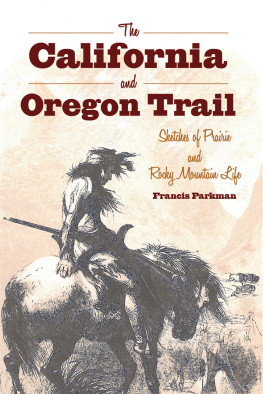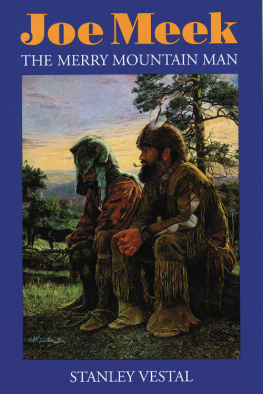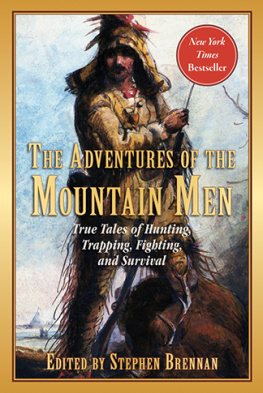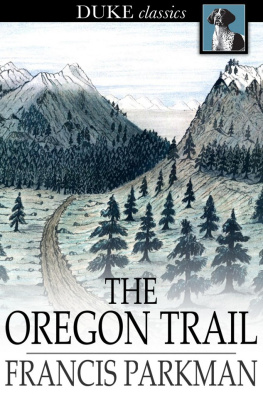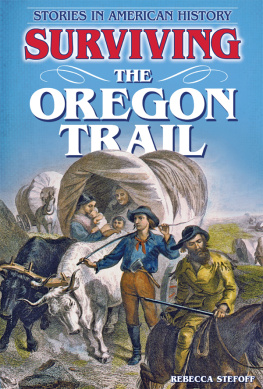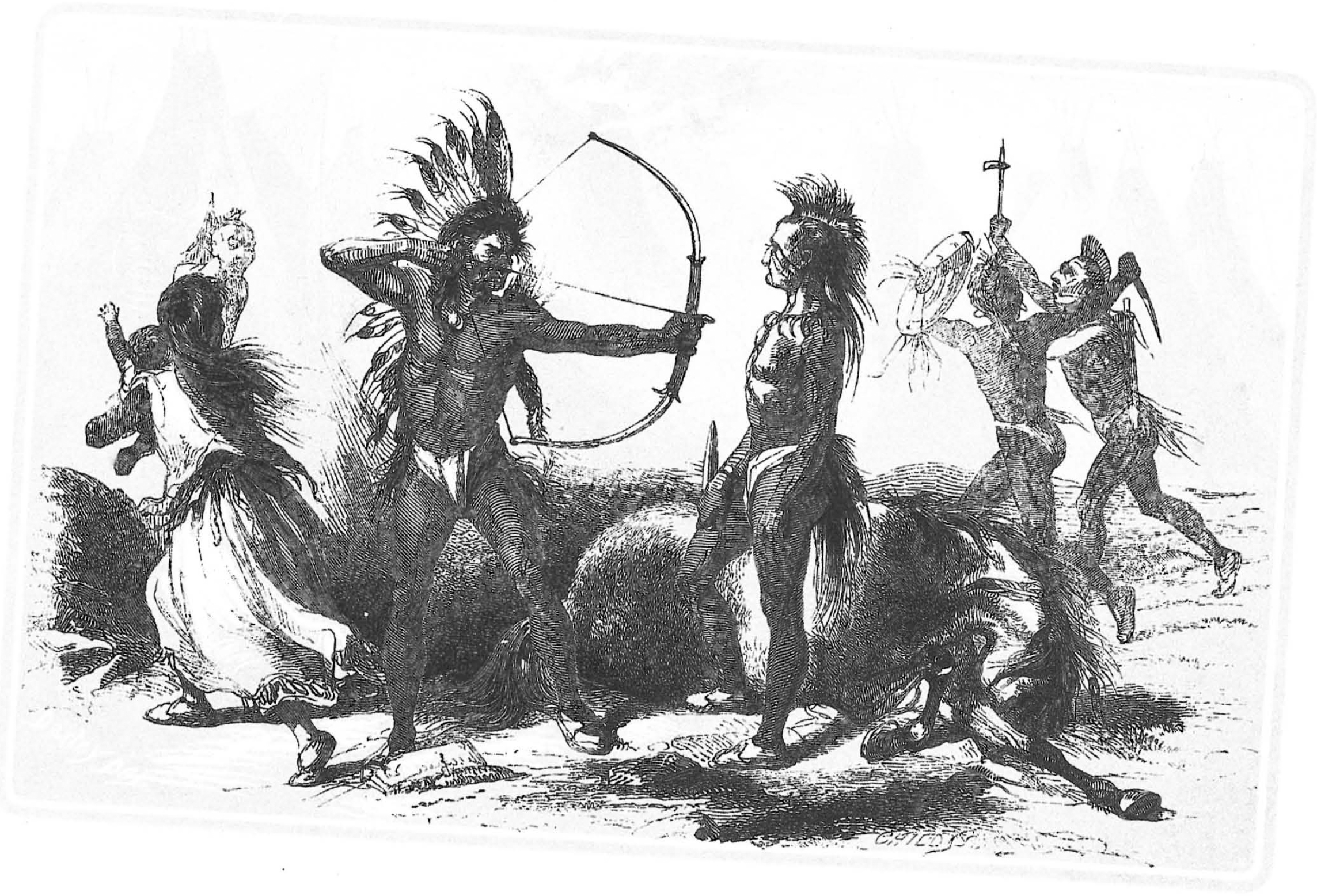

Copyright 2014 by Skyhorse Publishing
All Rights Reserved. No part of this book may be reproduced in any manner without the express written consent of the publisher, except in the case of brief excerpts in critical reviews or articles. All inquiries should be addressed to Skyhorse Publishing, 307 West 36th Street, 11th Floor, New York, NY 10018.
Skyhorse Publishing books may be purchased in bulk at special discounts for sales promotion, corporate gifts, fund-raising, or educational purposes. Special editions can also be created to specifications. For details, contact the Special Sales Department, Skyhorse Publishing, 307 West 36th Street, 11th Floor, New York, NY 10018 or info@skyhorsepublishing.com.
Skyhorse and Skyhorse Publishing are registered trademarks of Skyhorse Publishing, Inc., a Delaware corporation.
Visit our website at www.skyhorsepublishing.com.
10 9 8 7 6 5 4 3 2 1
Library of Congress Cataloging-in-Publication Data is available on file.
ISBN: 978-1-62636-554-4
eISBN: 978-1-62873-918-3
Printed in the United States of America
T HE journey which the following narrative describes was undertaken on the writers part with a view of studying the manners and character of Indians in their primitive state. Although in the chapters which relate to them, he has only attempted to sketch those features of their wild and picturesque life which fell, in the present instance, under his own eye, yet in doing so he has constantly aimed to leave an impression of their character correct as far as it goes. In justifying his claim to accuracy on this point, it is hardly necessary to advert to the representations given by poets and novelists, which, for the most part, are mere creations of fancy. The Indian is certainly entitled to a high rank among savages, but his good qualities are not those of an Uncas or an Outalissi.
The sketches were originally published in the Knickerbocker Magazine, commencing in February, 1847.
B OSTON , February 15, 1849.
CONTENTS.
THE
CALIFORNIA AND OREGON TRAIL.

CHAPTER I.
THE FRONTIER.
Away, away from men and towns
To the silent wilderness.
S HELLEY .
L AST spring, 1846, was a busy season in the city of St. Louis. Not only were emigrants from every part of the country preparing for the journey to Oregon and California, but an unusual number of traders were making ready their wagons and outfits for Santa F. Many of the emigrants, especially of those bound for California, were persons of wealth and standing. The hotels were crowded, and the gunsmiths and saddlers were kept constantly at work in providing arms and equipments for the different parties of travellers. Almost every day steamboats were leaving the levee and passing up the Missouri, crowded with passengers on their way to the frontier.
In one of these, the Radnor, since snagged and lost, my friend and relative, Quincy A. Shaw, and myself, left St. Louis on the twenty-eighth of April, on a tour of curiosity and amusement to the Rocky Mountains. The boat was loaded until the water broke alternately over her guards. Her upper-deck was covered with large wagons of a peculiar form, for the Santa F trade, and her hold was crammed with goods for the same destination. There were also the equipments and provisions of a party of Oregon emigrants, a band of mules and horses, piles of saddles and harness, and a multitude of nondescript articles, indispensable on the prairies. Almost hidden in this medley one might have seen a small French cart, of the sort very appropriately called a mule-killer, beyond the frontiers, and not far distant a tent, together with a miscellaneous assortment of boxes and barrels. The whole equipage was far from prepossessing in its appearance; yet, such as it was, it was destined to a long and arduous journey, on which the persevering reader will accompany it.
The passengers on board the Radnor corresponded with her freight. In her cabin were Santa F traders, gamblers, speculators, and adventurers of various descriptions, and her steerage was crowded with Oregon emigrants, mountain men, negroes, and a party of Kanzas Indians, who had been on a visit to St. Louis.
Thus laden, the boat struggled upward for seven or eight days against the rapid current of the Missouri, grating upon snags, and hanging for two or three hours at a time upon sand-bars. We entered the mouth of the Missouri in a drizzling rain, but the weather soon became clear, and showed distinctly the broad and turbid river, with its eddies, its sand-bars, its ragged islands and forest-covered shores. The Missouri is constantly changing its course; wearing away its banks on one side, while it forms new ones on the other. Its channel is shifting continually. Islands are formed, and then washed away; and while the old forests on one side are undermined and swept off, a young growth springs up from the new soil upon the other. With all these changes, the water is so charged with mud and sand that it is perfectly opaque, and in a few minutes deposits a sediment an inch thick in the bottom of a tumbler. The river was now high; but when we descended in the autumn it was fallen very low, and all the secrets of its treacherous shallows were exposed to view. It was frightful to see the dead and broken trees, thick-set as a military abattis, firmly imbedded in the sand, and all pointing down stream, ready to impale any unhappy steamboat that at high water should pass over that dangerous ground.
In five or six days we began to see signs of the great western movement that was then taking place. Parties of emigrants, with their tents and wagons, would be encamped on open spots near the bank, on their way to the common rendezvous at Independence. On a rainy day, near sunset, we reached the landing of this place, which is situated some miles from the river, on the extreme frontier of Missouri. The scene was characteristic, for here were represented at one view the most remarkable features of this wild and enterprising region. On the muddy shore stood some thirty or forty dark slavish-looking Spaniards, gazing stupidly out from beneath their broad hats. They were attached to one of the Santa F companies, whose wagons were crowded together on the banks above. In the midst of these, crouching over a smouldering fire, was a group of Indians, belonging to a remote Mexican tribe. One or two French hunters from the mountains, with their long hair and buckskin dresses, were looking at the boat; and seated on a log close at hand were three men, with rifles lying across their knees. The foremost of these, a tall, strong figure, with a clear blue eye and an open, intelligent face, might very well represent that race of restless and intrepid pioneers whose axes and rifles have opened a path from the Alleghanies to the western prairies. He was on his way to Oregon, probably a more congenial field to him than any that now remained on this side the great plains.
Early on the next morning we reached Kanzas, about five hundred miles from the mouth of the Missouri. Here we landed, and leaving our equipments in charge of my good friend Colonel Chick, whose log-house was the substitute for a tavern, we set out in a wagon for Westport, where we hoped to procure mules and horses for the journey.

